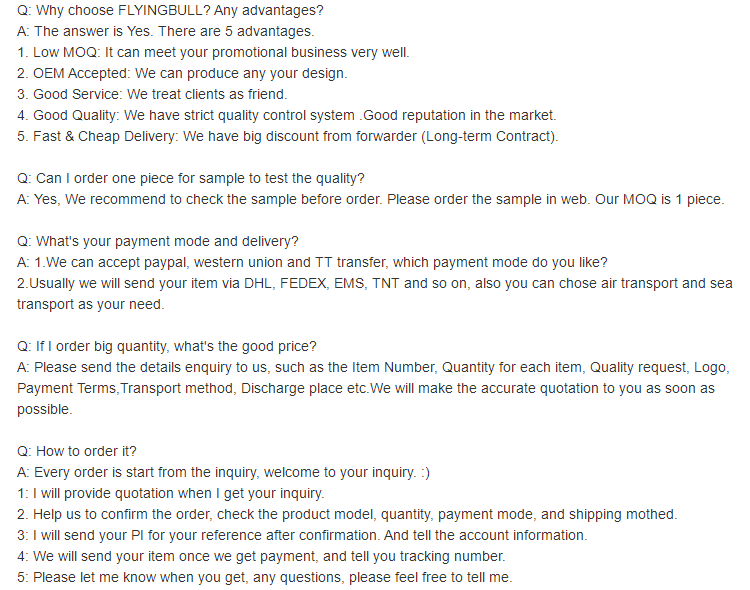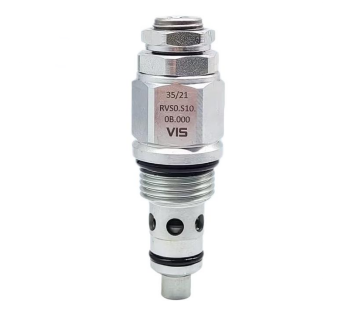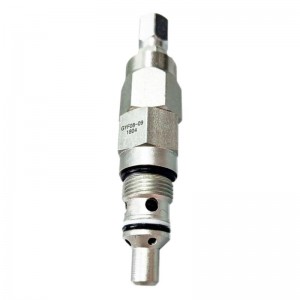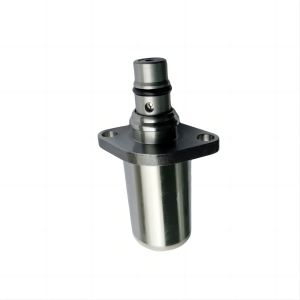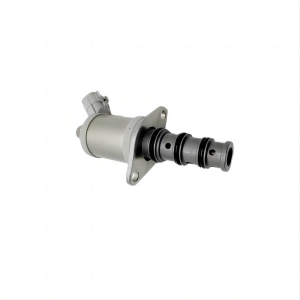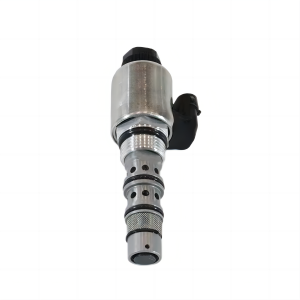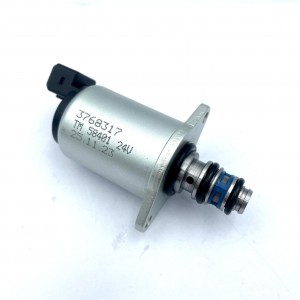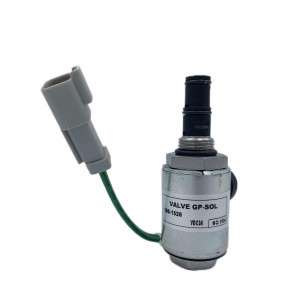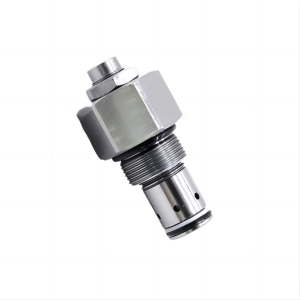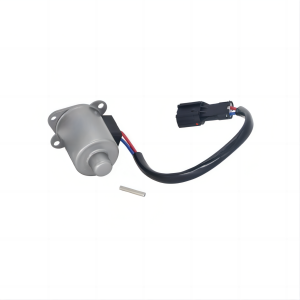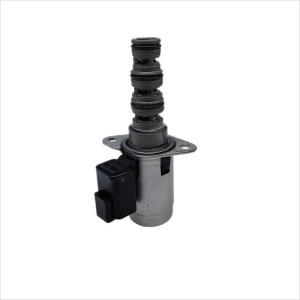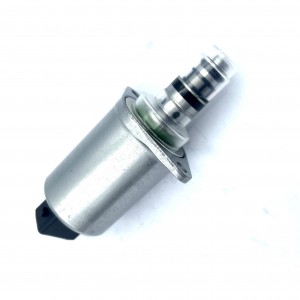Hydraulic valve flow reversing valve reverse proportional solenoid valve 9258047
Details
Warranty:1 Year
Brand Name:Flying Bull
Place of Origin:Zhejiang, China
Valve type:Hydraulic valve
Material body:carbon steel
Pressure environment:ordinary pressure
Applicable industries:machinery
Applicable medium:petroleum products
Points for attention
What is the difference between proportional solenoid valve and electrical proportional valve?
First, the characteristics of the two are different:
1. The characteristics of the proportional valve: easy electrical signal transmission, simple remote control; It can continuously control the pressure and flow of the hydraulic system in proportion to achieve the control of the position, speed and force of the actuator and reduce the impact of pressure changes; The number of components is reduced and the oil circuit is simplified.
2. The characteristics of ordinary valve (that is, ordinary hydraulic valve) : flexible action, reliable action, small impact and vibration during operation, low noise, long service life; When fluid passes through the hydraulic valve, the pressure loss is small; When the valve port is closed, the sealing performance is good, the internal leakage is small, no external leakage; The controlled parameter (pressure or flow) is stable, and the change is small by external interference.
Second, the two are used differently:
1. The purpose of the proportional valve: The proportional valve is composed of DC proportional electromagnet and hydraulic valve. The core of continuous control of proportional valve is proportional electromagnet. There are many kinds of proportional electromagnets, but the working principle is basically the same. All are developed according to the control requirements of proportional valves.
2. The use of ordinary valves: controlled by the pressure oil of the pressure distribution valve, usually combined with the electromagnetic pressure distribution valve, can be used to remotely control the on-off of the oil, gas and water pipeline system of hydropower stations. Commonly used for clamping, control, lubrication and other oil circuit.
Product specification
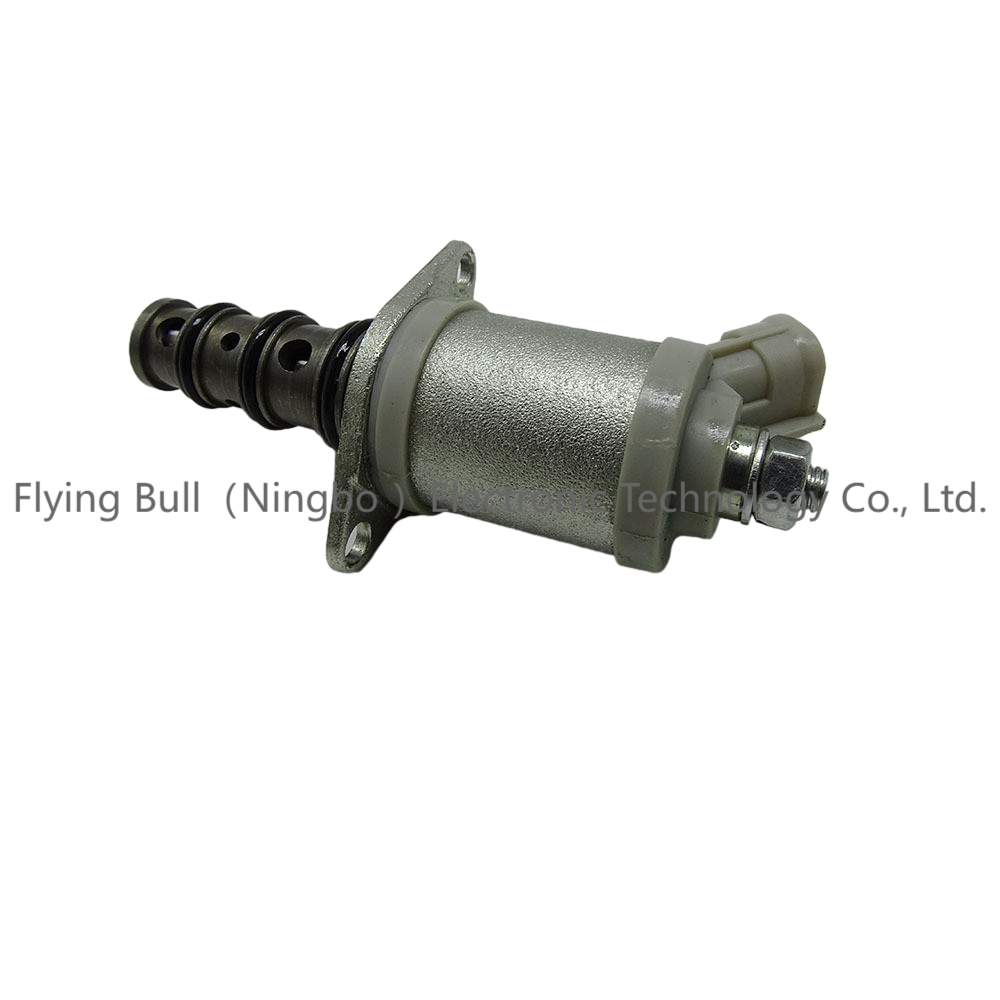
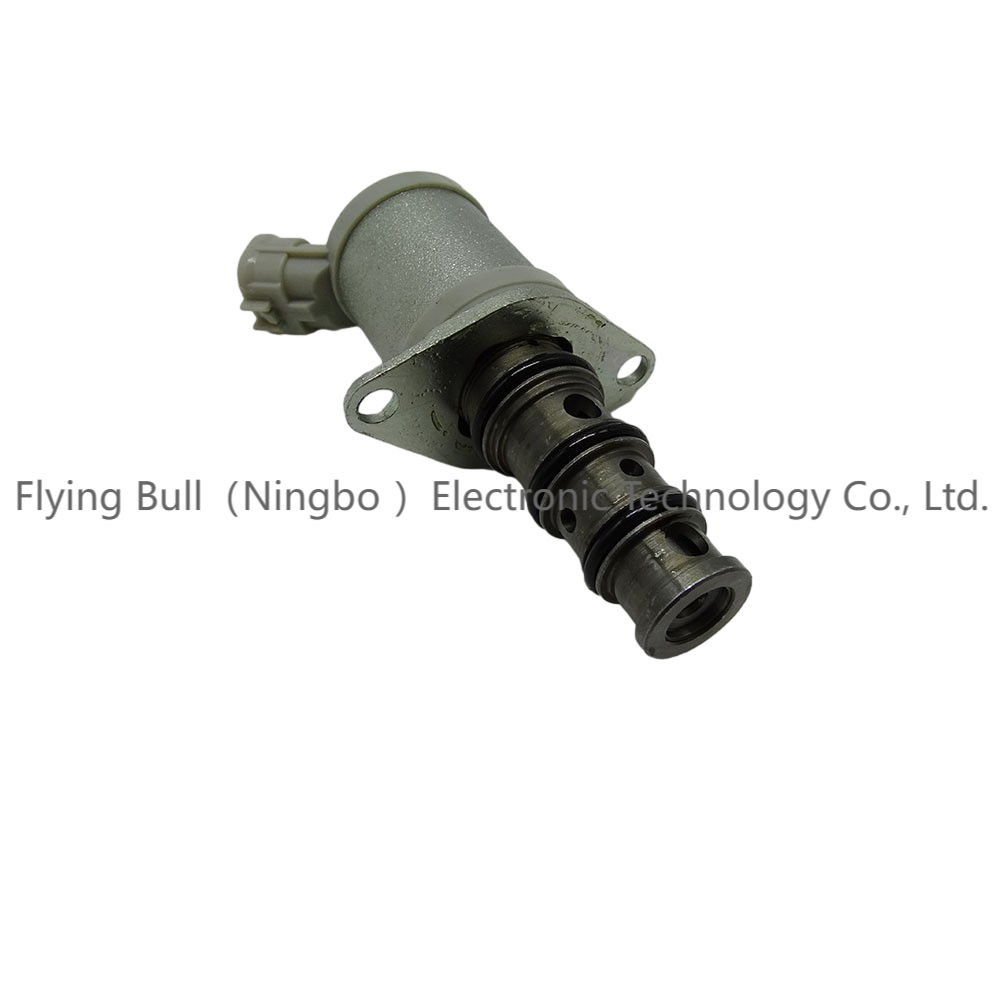
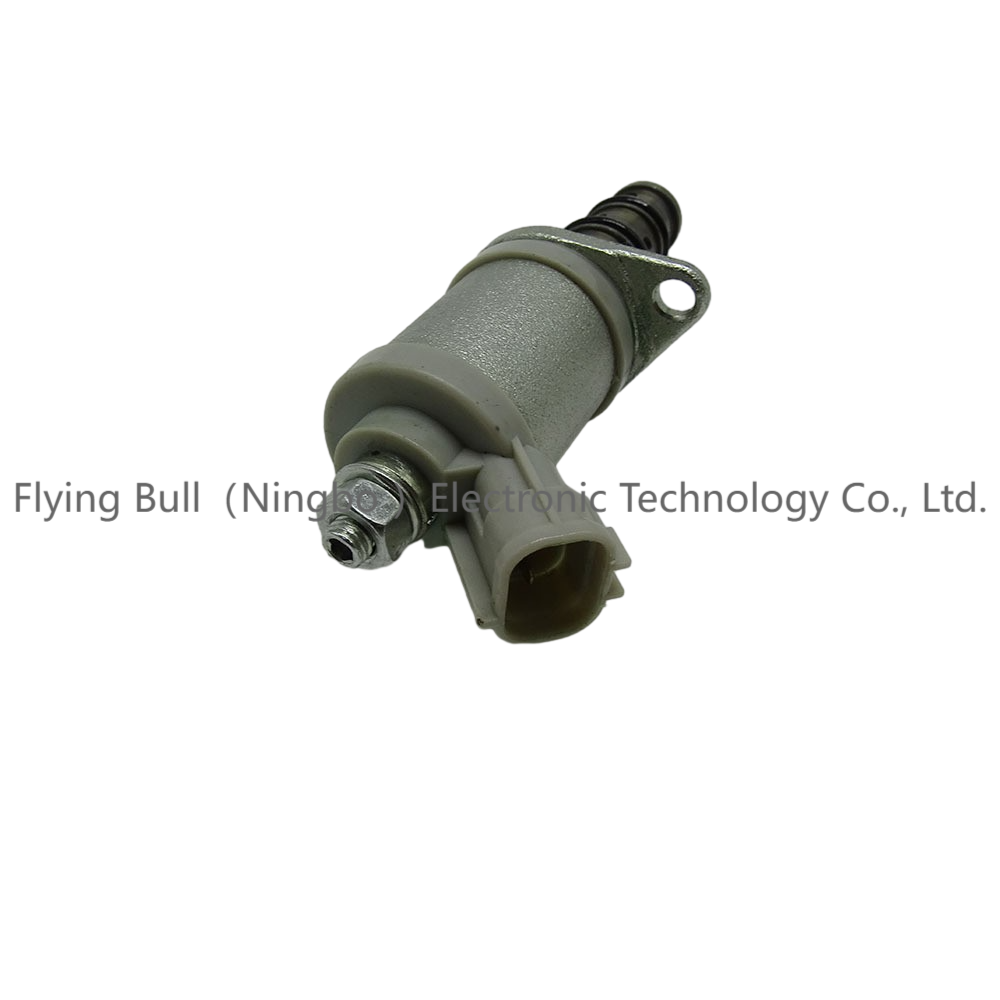
Company details







Company advantage
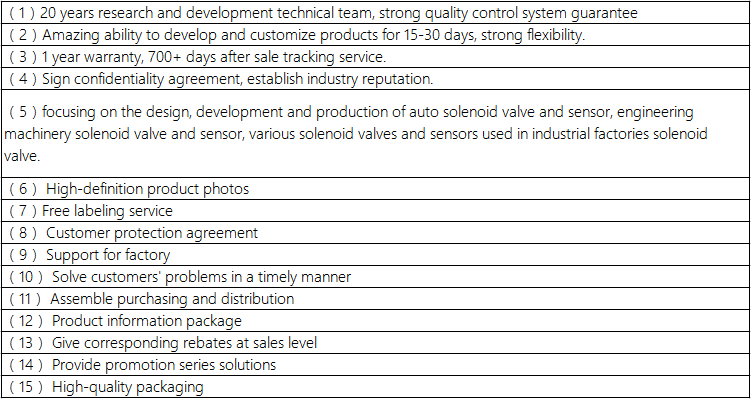
Transportation

FAQ
